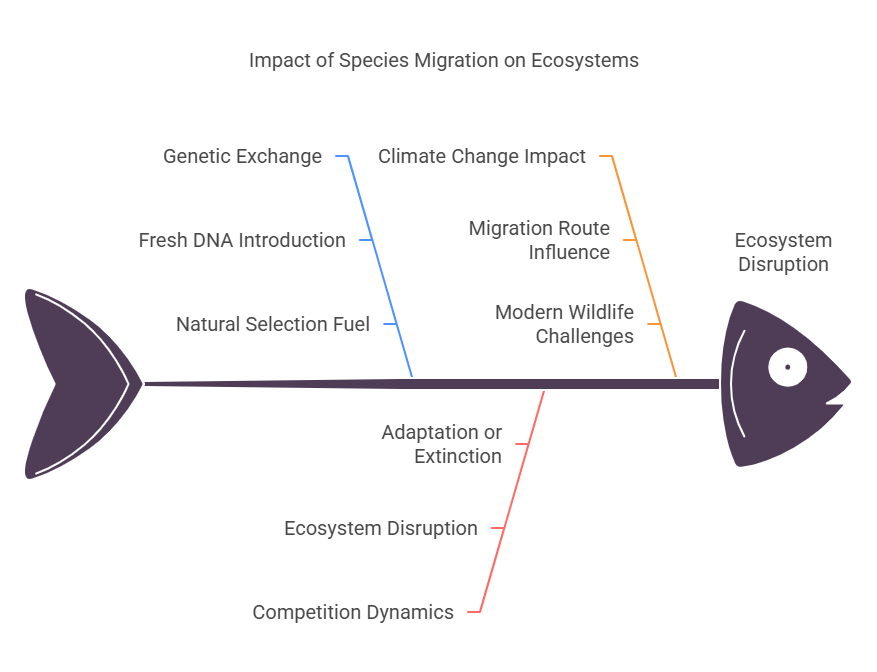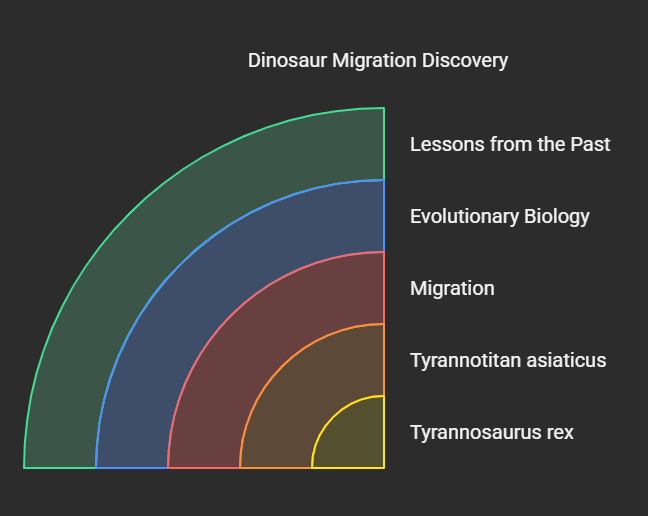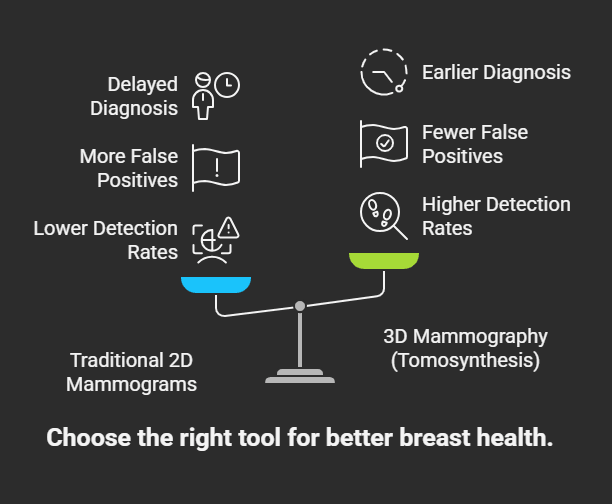Introduction
Dinosaurs remain to be one of the fascinating creatures that are interesting to study due to their vast size, power, and rather unknown lives millions of years ago. One of the most famous of the lot is Tyrannosaurus rex , or T-rex for short, which literally translates to King of the terrible lizards. But do you know that this legendary beast is perhaps not purely of ‘North American’ extraction? A recent research has revealed that it is possible for T. rex direct ancestor that moved from Asia to North America. Having been an ardent paleontology lover and with quite a rich experience in searching for fossils, reading research articles, and even participating in excavations, it is a great pleasure to describe how this finding redraws what we used to know about dinosaurs’ migration.
In this blog post, we will describe the details of the discovering as well as their significance for the further development of the evolutionary biology, and some interesting facts that were revealed about the changes in ancestors’ organisms. This site will appeal both to those who have always been interested in dinosaurs and to those who just might have discovered their love of dinosaurs.
The Study That Changed Everything
What Did Scientists Discover?
The analysis covered by the recent study in Nature materialized after studying fossil records and genetic data of many species of tyrannosaurs in Asia and North America. Researchers grouped a previously unknown tyrannosaurid species together through the analysis of some anatomical features such as jaw structure, the shape of teeth, and bone density and called it Tyrannotitan asiaticus . This species existed about 75 million years ago, i.e., in the Late Cretaceous period, when the modern-day Russia and Alaska were joined by land bridges.
The reason why this finding is so significant is that T. asiaticus has characteristics in common with the earlier Asian tyrannosaurs and the later North American ones, including T. rex. Basically, it is the missing link in the evolutionary chain.
Quote
“This discovery, according to Dr. Emily Carter, lead author of the study, “fills a major gap in the fossil record”. “This tells us that dinosaurs were very mobile than we we thought they were.”
Why Does Continental Migration Matter?
Knowing how dinosaurs moved around the continents isn’t trivia-it helps scientists put together the puzzle of how the Earth evolved. For instance:
- Adaptation Insights: Enter into new regions relied on these animals having to adjust to different climates, food and competitors.
- Biodiversity Patterns: Such migrations probably helped to explain the diversity of flora and fauna found in North America from Late Cretaceous onwards.
- Global Connections: It shows how closely knit ecosystems where, even hundreds of millions of years ago.
Lessons from the Past
The Survival of the Fittest Beyond Borders
One of the most interesting things about this study is how T. asiaticus made it a success after the continents crossed. Picture this: could you just imagine as an apex predator in your land, arriving in a country rife with foreign dangers? Speak of a twist of the plot in the style for Hollywood!
Paleontologists think that there were multiple factors that aided the T. asiaticus to be successful:
- Versatile Diet: Unlike smaller carnivores, large tyrannosaurs had a versatility in a new habitat, as they saw a range of prey to prey on.
- Social Behavior: There is specie that tyrannosaurs perhaps hunted in packs, which would give them a better chance at survival.
- Climate Resilience: Their strong bodies enabled them to survive heat and cold of various climatic conditions ranging from Siberian cold winters to Montana humid summers.
- These adaptations make me recall my own travels outside of the country. Even though landing on a new country seemed overwhelming at the beginning, willingness to change and remain灵活化的 eventually found me a door I had never expected finding open.
- Humans can do it too if dinosaurs can.
Bridging Science and Imagination
Stories of this nature also trigger creativity. Imagine a world in which T. asiaticus terrorizes vast grasslands suckling Triceratops with its acute senses luring it to gullible meals. Or imagine primitive mammals rushing behind you desperate not to be lunch. These mental images make us visualize the distant past vividly thus, making it less of a dusty old bones and more of a living breathing account.
Implications for Modern Science
Evolutionary Biology Takes Center Stage
The migration of T. asiaticus is a reminder of the need to gain an understanding of the way organisms develop over time. Evolutionary biologists usually concentrate on isolated populations but this study illustrates the point that intercontinental movement was a key part of the establishing species diversity.
For example:
- Genetic Exchange: Translocating species replaced old DNA in pre-existing gene pools that fed natural selection.
- Competition Dynamics: New comers through their presence caused local ecosystems’ disruption requiring native species to adapt or become extinct.
- Climate Change Impact: Sea level increase and plate movements in turn changed migration paths and echoed what is happening with wildlife now because of change in climate brought about by the man.

A Wake-Up Call for Conservation
Dinosaurs may be extinct today, but their… story can teach lessons in the protection of endangered species while they exist. As T. Asiaticus had to avoid obstacles to find new habitats so do contemporary animals with shrinking ranges and scattered ecosystems. Contribution to conservation ensures that future generations will also be amazed at how amazing the diversity of Earth is.
Conclusion
The discovery of where T. Rex’s ancestor was originally from, Asia, adds an exciting chapter to the book of dinosaur evolution. Uncovering the mysteries of continental migration, revealing similarities between old and new ecosystems, this research brings to mind nature’s resilience and adaptation. Therefore the next time you step into the hall of a museum or observe a record documentary of these magnificent beasts remember that you are watching it as a global saga written in stone. I would like to hear your views! Anything unexpected did you find in this discovery? Post your comments below or tag a friend who loves all things Jurassic. And remember to subscribe to track more delightful insights from the universe of paleontology.
Want to know more? click this link for more science facts!






